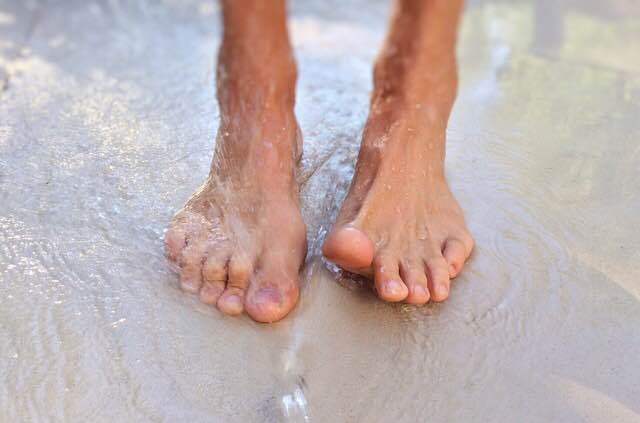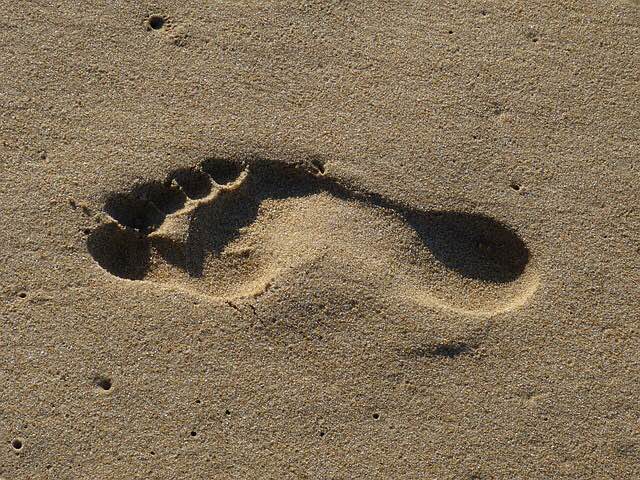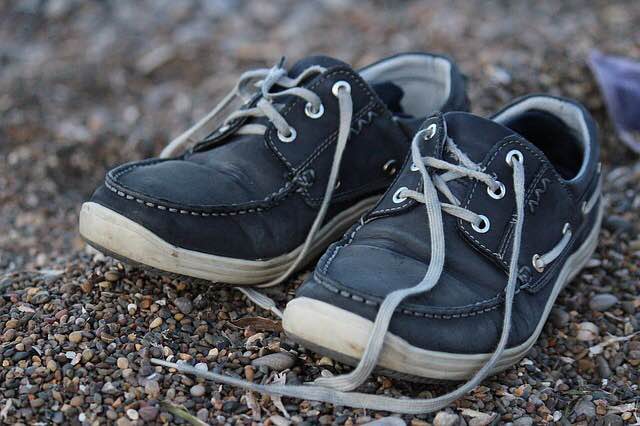|
Have you ever made sugar syrup at home? If yes, you must have noticed, as you keep cooking the syrup the water evaporates and syrup gets thicker and thicker. That’s what happens in your body as well. As your blood sugar goes higher than normal values the blood also starts becoming thicker in nature and results in poor circulation in your body. The circulation of blood to the legs and feet get affected the most as feet are the farthest from your heart. Poor blood flow makes it hard for a small cut / blister or infection to heal. Also, the foot loses its natural ability to moisturize the skin which becomes dry and increasingly prone to tears and hence infection. If blood glucose is high, the extra glucose feeds the germs. Germs grow and the infection gets worse. I know that foot care isn’t the most exciting topic to read about. But foot care is a crucial part of diabetes self-management. Neglecting your feet can lead to serious problems down the road; even minor problems, such as a scratch, can lead to an infection or foot ulcer, which, if not caught and treated early on, can increase the risk of amputation. Very depressing thought, I know, for something that can be completely prevented. By paying a little attention to your feet on a daily basis and taking care of your blood sugar at the same time, you can greatly lower your risk of developing problems.
The golden rule: Keep your blood sugar in control.
3 Comments
Meenakahi
9/13/2016 06:44:00
Hi. Good and very informative article. Sure will help. Keep up the good work.
Reply
Pariksha
9/13/2016 09:00:10
Thank you
Reply
K V SURYA MOHAN
9/16/2016 09:59:43
Good information. Any remedies for senior citizens who are Diabetics for a long time and complain of tingling sensation in the feet most of the time ??
Reply
Leave a Reply. |
Author
|





 RSS Feed
RSS Feed
